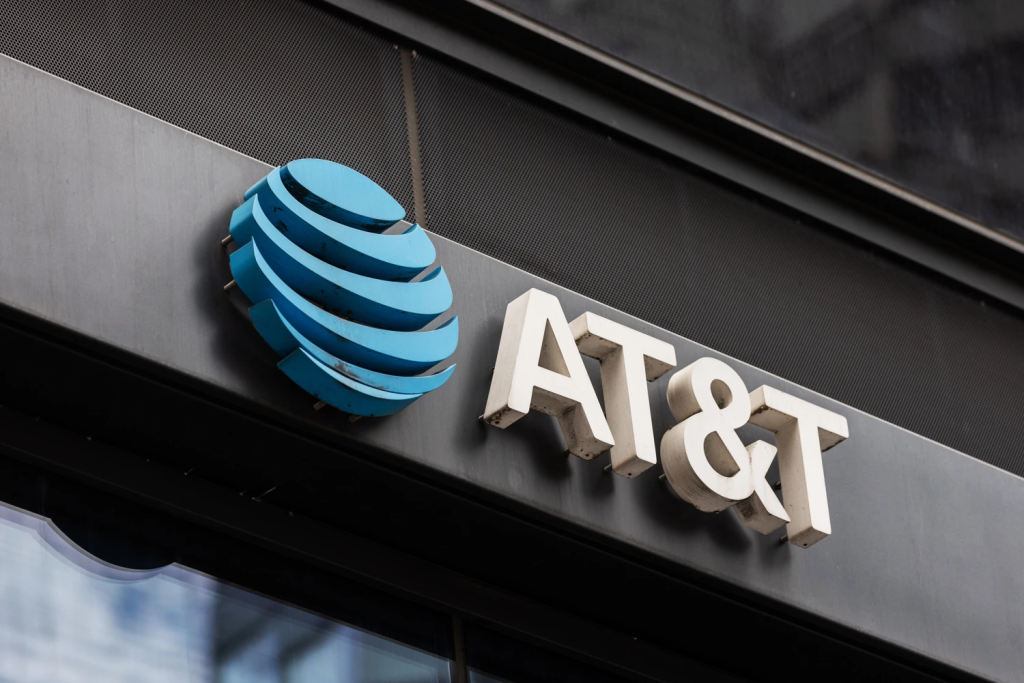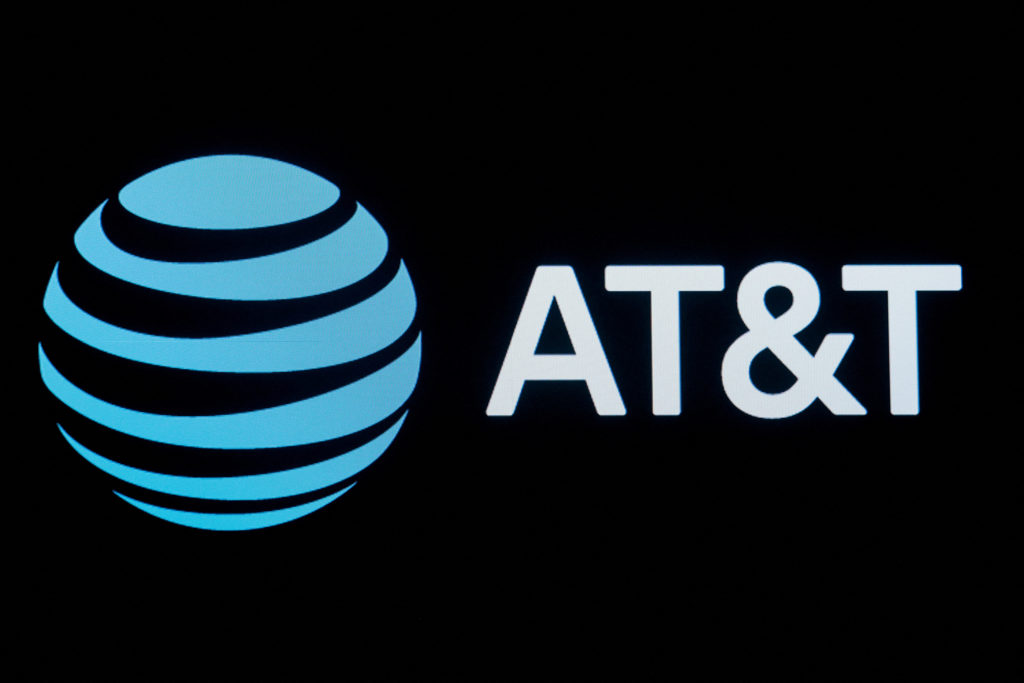In today’s competitive telecommunications landscape, customer service has emerged as a critical differentiator. AT&T and cellular customer service is a comp interplay of technology, human interaction, and customer expectations. This article delves into the various facets of AT&T and cellular customer service, examining its impact on customer satisfaction, challenges faced, and potential areas for improvement.
The Evolution of AT&T and Cellular Customer Service
The telecommunications industry has witnessed a significant transformation in the way customers interact with service providers. The advent of digital technology has introduced new channels for customer support, while traditional phone-based interactions continue to be essential.
- Phone Support: The traditional method of contacting customer service remains a popular choice for many customers. AT&T and cellular customer service through phone calls has evolved with the introduction of automated systems, call routing, and specialized support teams.
- Online Support: AT&T has invested in developing robust online platforms, including self-service portals and live chat options, to provide customers with convenient access to support.
- Social Media: The rise of social media has created new opportunities for customer interaction. AT&T and cellular customer service teams often monitor social platforms to address customer inquiries and concerns promptly.
- In-Store Support: For complex issues or hands-on assistance, AT&T maintains a network of retail stores offering in-person customer support.

Challenges in AT&T and Cellular Customer Service
Despite advancements in technology, AT&T and cellular customer service faces several challenges:
- High Call Volume: During peak hours, customers often experience long wait times, leading to frustration.
- Complex Issues: Technical problems can be difficult to diagnose and resolve, requiring specialized expertise.
- System Outages: Network or system failures can disrupt customer service operations and impact customer satisfaction.
- Evolving Customer Expectations: Customers increasingly demand faster response times, personalized service, and seamless omnichannel experiences.
Measuring AT&T and Cellular Customer Service Performance
To assess the effectiveness of AT&T and cellular customer service, key performance indicators (KPIs) are essential:
- Average Handle Time: The average duration of customer service interactions.
- First Contact Resolution: The percentage of customer issues resolved on the first contact.
- Customer Satisfaction Scores: Feedback from customers through surveys or reviews.
- Net Promoter Score (NPS): A measure of customer loyalty and advocacy.
Opportunities for Improvement in AT&T and Cellular Customer Service
To enhance the customer experience, AT&T and cellular customer service can focus on the following areas:
- Proactive Support: Using data analytics to identify potential customer issues and offering proactive solutions.
- Omnichannel Integration: Ensuring seamless transitions between different customer service channels.
- Employee Empowerment: Providing customer service representatives with the tools and authority to resolve issues efficiently.
- Continuous Training: Investing in ongoing training to keep agents updated on new products, services, and troubleshooting techniques.
Case Studies: Best Practices in AT&T and Cellular Customer Service
- Leveraging AI and Automation: Implementing AI-powered chatbots and virtual assistants can handle routine inquiries, freeing up agents for more complex issues.
- Employee Recognition: Recognizing and rewarding outstanding customer service representatives can boost morale and improve performance.
- Customer Feedback Loop: Actively seeking and incorporating customer feedback into service improvements.
Conclusion
AT&T and cellular customer service play a pivotal role in shaping the overall customer experience. By addressing challenges, leveraging technology, and focusing on customer satisfaction, AT&T can strengthen its brand reputation and build customer loyalty.
